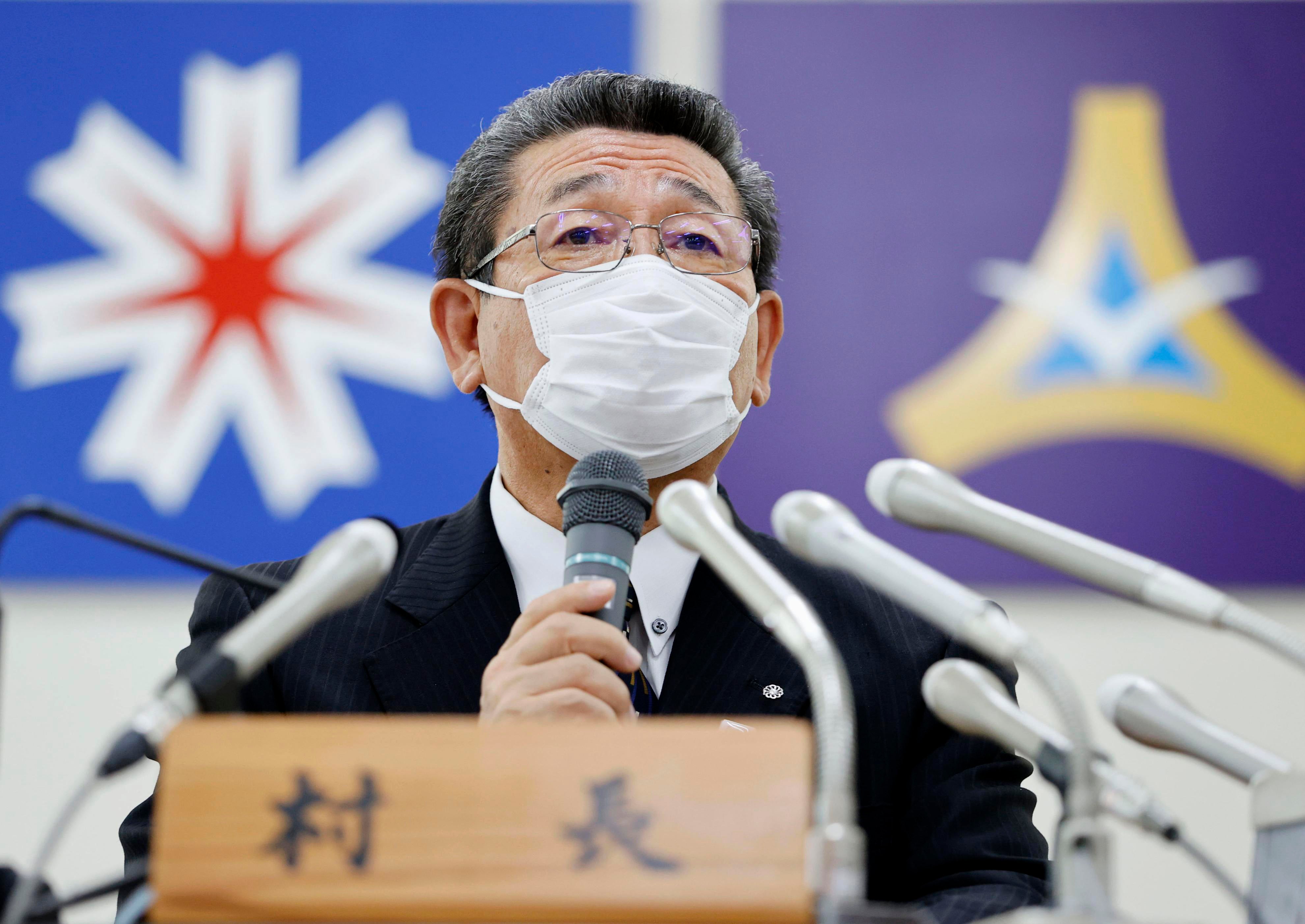2 remote Japan towns seek to host nuclear waste storage site
Two remote towns in northern Japan struggling with rapidly graying and shrinking populations are applying to possibly host a high-level radioactive waste storage site as a means of economic survival

Two remote towns in northern Japan struggling with rapidly graying and shrinking populations signed up Friday to possibly host a high-level radioactive waste storage site as a means of economic survival
Japanese utilities have about 16,000 tons of highly radioactive spent fuel rods stored in cooling pools or other interim sites, and there is no final repository for them in Japan — a situation called “a mansion without a toilet.”
Japan is in a dire situation following the virtual failure of an ambitious nuclear fuel recycling plan, in which plutonium extracted from spent fuel was to be used in still-unbuilt fast breeder reactors. The problem of accumulating nuclear waste came to the fore after the 2011 Fukushima nuclear power plant disaster. Finding a community willing to host a radioactive dump site is difficult, even with a raft of financial enticements.
On Friday, Haruo Kataoka, the mayor of Suttsu town on the northwestern coast of Hokkaido, applied in Tokyo for preliminary government research on whether its land would be suitable for highly radioactive waste storage for thousands of years.
Later Friday in Kamoenai just north of Suttsu, village chief Masayuki Takahashi announced his decision to also apply for an initial feasibility study.
Suttsu, with a population of 2,900, and Kamoenai, with about 800 people, have received annual government subsidies as hosts of the Tomari nuclear power plant. But they are struggling financially because of a declining fishing industry and their aging and shrinking populations.
The preliminary research is the first of three steps in selecting a permanent disposal site, with the whole process estimated to take about two decades. Municipalities can receive up to 2 billion yen ($19 million) in government subsidies for two years by participating in the first stage. Moving on to the next stage would bring in more subsidies.
“I have tried to tackle the problems of declining population, low birth rates and social welfare, but hardly made progress,” Takahashi told reporters. “I hope that accepting research (into the waste storage) can help the village's development.”
It is unknown whether either place will qualify as a disposal site. Opposition from people across Hokkaido could also hinder the process. A gasoline bomb was thrown into the Suttsu mayor's home early Thursday, possibly by an opponent of the plan, causing slight damage.
Hokkaido Gov. Naomichi Suzuki and local fisheries groups are opposed to hosting such a facility.
One mayor in southwestern Japan expressed interest in 2007, but faced massive opposition and the plan was spiked.
High-level radioactive waste must be stored in thick concrete structures at least 300 meters (yards) underground so it won't affect humans and the environment.
A 2017 land survey map released by the government indicated parts of Suttsu and Kamoenai could be suitable for a final repository.
So far, Finland and Sweden are the only countries that have selected final disposal sites.
___
Follow Mari Yamaguchi on Twitter at https://www.twitter.com/mariyamaguchi
Subscribe to Independent Premium to bookmark this article
Want to bookmark your favourite articles and stories to read or reference later? Start your Independent Premium subscription today.
